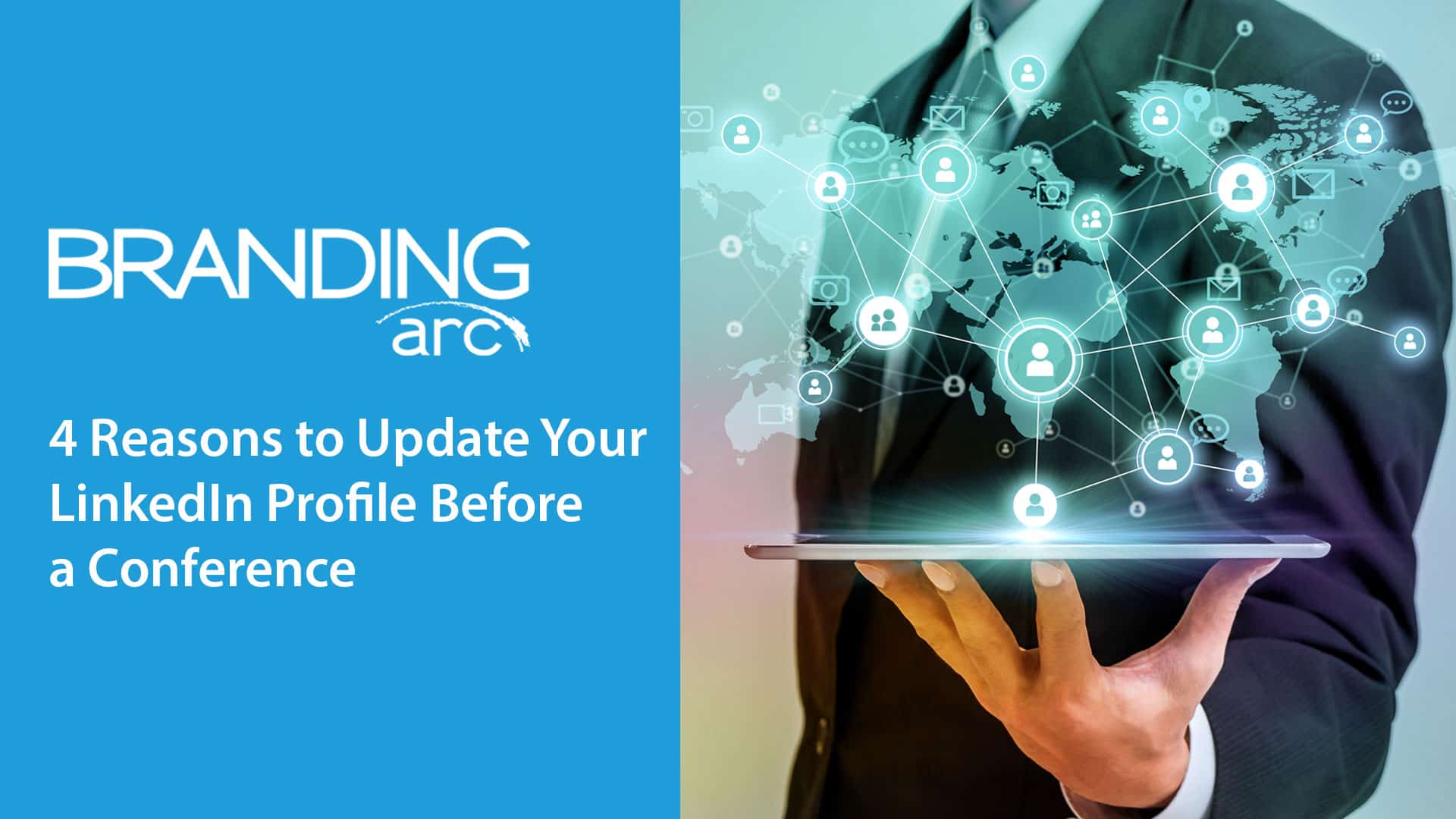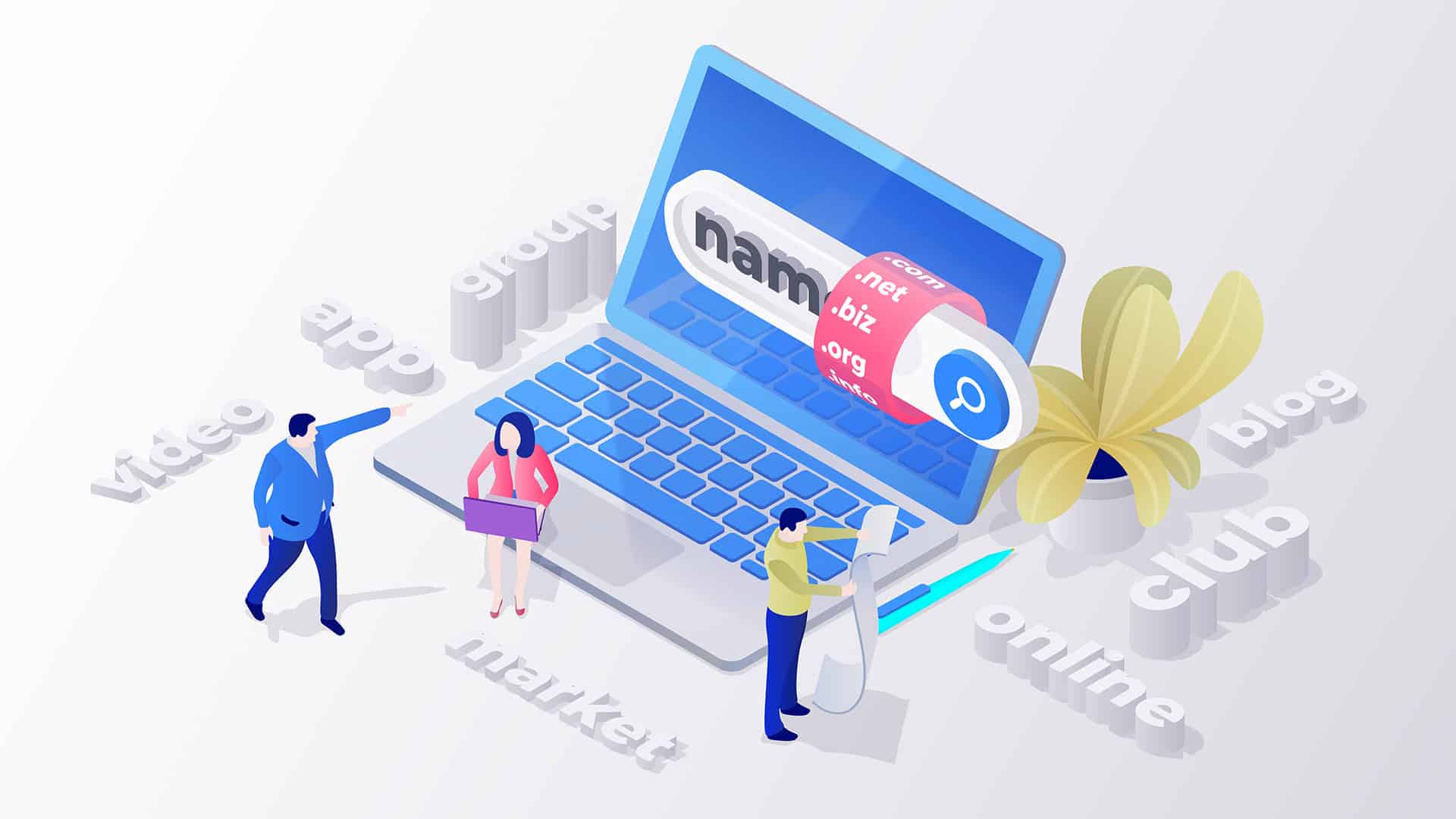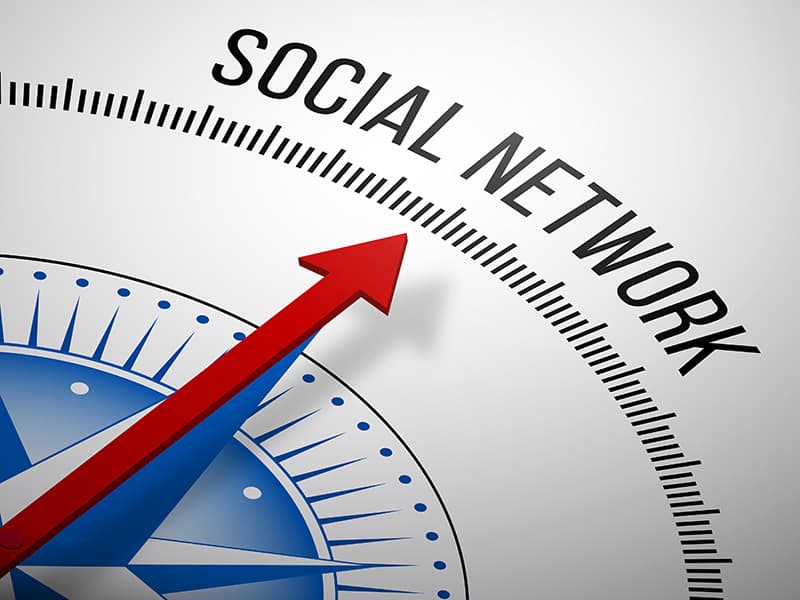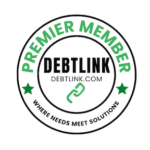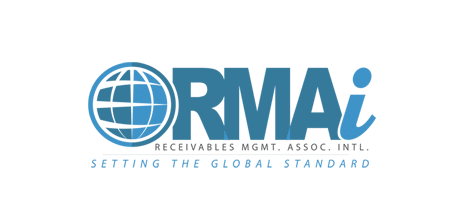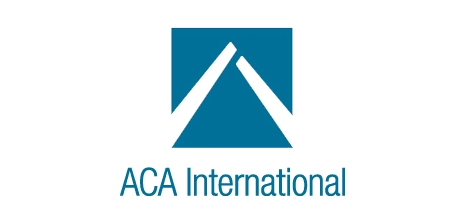Switching from Microsoft Outlook to Browser Based Google Apps
For organizations that have been working with Microsoft Outlook since the beginning of time, switching to a browser based system for vital company communications can be a scary endeavor. Employees resist changing their software, but moving to a browser based system offers many benefits compared to using the MS Outlook desktop application.
Google Apps is a browser based enterprise email platform that harnesses the power of Gmail while enabling organizations to customize their email addresses (i.e. [email protected]). This powerful cloud solution provides users with browser based solutions for email, calendars, contacts, tasks, and document storage providing most of the same tools and synchronization features offered through Micosoft Office and Microsoft Exchange email server. To improve performance Google has developed the Chrome internet browser to provide further integration and features for the Google Apps platform.
My Experience Switching going Browser Based
Throughout my professional career I have been a big advocate of MS Exchange Servers for managing email. As the first to market with a complete enterprise email solution many people became very comfortable using MS Outlook. When we first founded Branding Arc in 2011 cost savings were a major concern so we decided to explore the significantly less expensive Google Apps platform. Although it took me a few weeks to get used to the new browser based system, it still performed all of the same functions and didn’t bog my computer down by running large desktop applications.
Now after over a year of using browser based Google Apps, I can not imagine another way to manage emails and other company information. Our organization has embraced the cloud and we are leaner and more flexible because of it.
All Your Favorite Email Functions
Google Apps has an equivalent web browser based solution for each of the favorite functions of MS Outlook making the transition to the cloud easier. Gmail allows each user to control their own settings enabling users to fully customize their email experience.
Email Rules
Just like MS Outlook, Google Apps allows users to set up rules to help control their flow of emails. Unlike MS Outlook, your computer and software does not need to be open for these rules to function and instead rules are applied server side reducing unnecessary email alerts. In Gmail “rules” are called “filters” but they work the same way.
Folders & Labels
One of the favorite features of MS Outlook is the email folders. Many users like to move emails to specific folders for archiving and the idea that Gmail does not use folder scares them. In Gmail “folders” are replaced by “labels” and ultimately the work pretty much the same way. The biggest and most beneficial difference is that you can apply multiple labels to an email, but you can only put an email in one folder.
Email Flags
In Gmail you can flag important emails making them stand out to get your attention. Gmail offers a few different flag icons including exclamation points and stars. These email flags synchronize across all your devices making email management even easier. Personally, I use email flags to identify messages that still need my attention.
Calendar Appointments
In the corporate world one of my favorite MS Outlook features was the ability to invite my colleagues to a meeting in Outlook and when they accepted that meeting showed on their calendar along with an alert reminding them an hour before to remind them. This essential business function works perfectly in Google Calendars enabling me to invite people to appointments regardless of what email platform they use.
Shared Calendars
Organizations that share space like conference rooms can have a separate allowing the staff to book time in the space. Shared calendars can be set up to schedule the use of shared business tools to help everyone maximize their time and not have to guess when a meeting room might be available.
Document Collaboration
One of the really great features of Google Apps is Google Drive and Docs which offers users a browser based alternative to MS Work, MS Excel, and MS PowerPoint that offers and additional layer of collaboration. Multiple users (in multiple locations) can meet via video conference or “Hangout” while editing a document simultaneously.
Google Drive provides many of the essential business tools organizations usually spend thousands of dollars on all web browser based. It took me longer to adapt to using web browser based productivity tools than it did email (probably because I was already a personal Gmail user). Through experience I learned that Google Drive had all of the same functions and features I relied on in MS Office.
Security is Essential
The Google Apps platform is a secure system meeting the highest security qualifications available including SAS-70-TypeII which requires significant third party audits (Learn more about Google Apps Security). Google is currently the 5th largest computer and networking hardware manufacturer and they do not resell that equipment. Google currently owns and controls one of the most powerful and secure computer networks including many proprietary undisclosed hardware to increased levels of security.
Not all hosted email solutions are the same. Internally hosted email servers requires significant resources including IT professionals that need to continually update the software to keep your system secure. Externally hosted email systems with GoDaddy, Network Solutions and many other popular providers do not meet the same security encryption of Google Apps.
Connecting Your Google Universe
One of the many benefits of being a Google Apps user is that your Google account connects all of your favorite Google tools under one login giving you access to many of the vital online tools used to run your business including Google Voice, Google Analytics, Google Webmaster Tools, Google Reader, YouTube and more. Your Google login can also be used to log into other important websites like news sources, blogs and other tools.
Google Apps offers organizations the ability to restrict any service if you do not want to make it available to your staff. Some companies may choose to restrict social networking to limit communications to official marketing channels.
Migrating from MS Exchange to Google Apps
Google makes moving your data in and out of the Google Apps platform a simple and automated process with the ability to migrate an entire MS Exchange system using pre-built Google tools. Folders of emails automatically translate to labels and your other MS Exchange information from your MS Outlook .PST file will also import.
Google Sync for MS Outlook
Google does provide a great tool for synchronizing your Google Apps account with your local MS Outlook desktop application. This tool will synchronize emails, calendars, tasks and contacts keeping a local copy of your information in MS Outlook and a cloud based copy on your Google Apps server. Allowing users to access information through MS Outlook can provide a crutch to assist them in adapting to the new system while still being able to access vital information in a familiar and comfortable way.



